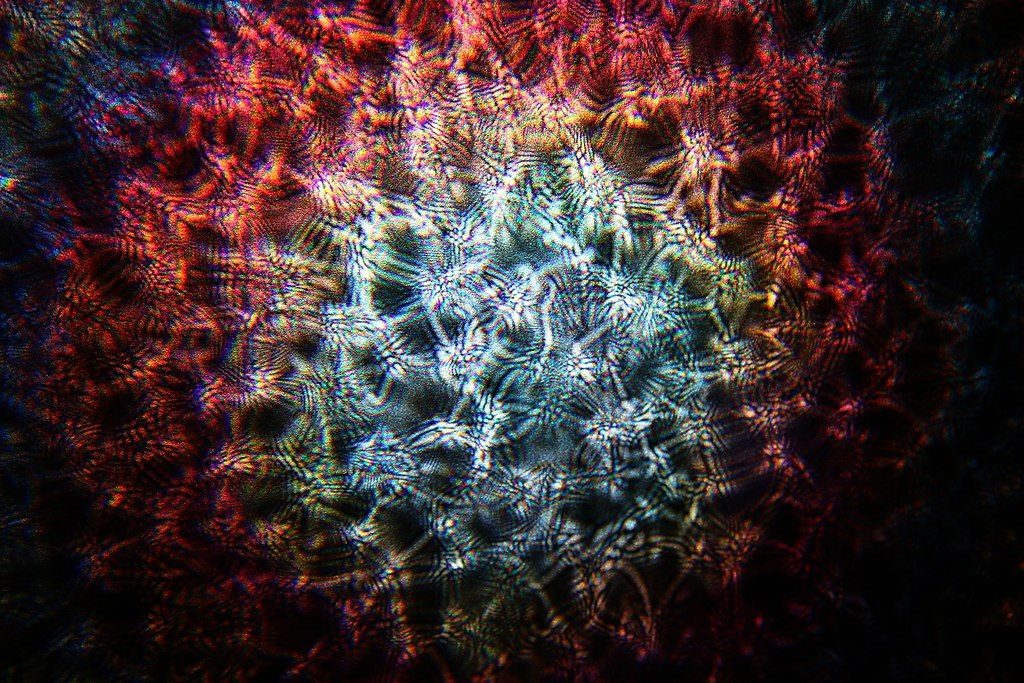The researchers at the University of Tartu are embarking on an extensive five-year project, during which a Centre of Photonics and Computational Imaging will be established with a €2.5m grant from the European Commission.
The new centre will bring together the university’s expertise in photonics and related fields and will also include a newly formed research group led by a top-level computational imaging researcher, the university announced in a statement.
Photonics is the physical science of light (photon) generation, detection and manipulation through emission, transmission, modulation, signal processing, switching, amplification and sensing. Although covering all light’s technical applications over the whole spectrum, most photonic applications are in the range of visible and near-infrared light.
Computational imaging is a rapidly evolving subfield of photonics, which has applications in microscopy, medicine, robotics, remote sensing and astronomy. The range of applications increases with advances in sensor technology, computer algorithms and on-board computing capacity.
Comparable to that of electricity during the 20th century
Computational imaging uses methods to enhance the image quality, resolution or add spatial dimension to the image beyond the physical or technical limits of the imaging system.
“By nature, the research is interdisciplinary, and embraces the extensive competence of the University of Tartu in optics, spectroscopy, mathematics, computer science and their applications,” the university said. “The field of computational imaging falls under photonics – an application-oriented science of light, which belongs to the key enabling technologies of the European Commission.”
Heli Lukner, a senior research fellow of physical optics at the University of Tartu and the project’s coordinator, sees an enormous potential in how photonics can further the Estonian economy.
“The importance and impact of photonics in the 21st century is comparable to that of electricity during the previous century,” she said. “The importance of the grant agreement cannot be overestimated, as it gives us an opportunity to foster excellence in research and photonics education, enhance the visibility of research, participate in international networks and find applications for research results.”
Cover: A random light pattern generated for a light echo experiment can be seen. This image is from the photo series that won the Estonian Science Photo Competition in 2017. Authored by researchers Sandhra-Mirella Valdma, Andreas Valdmann and Heli Lukner from the Institute of Physics, University of Tartu.

